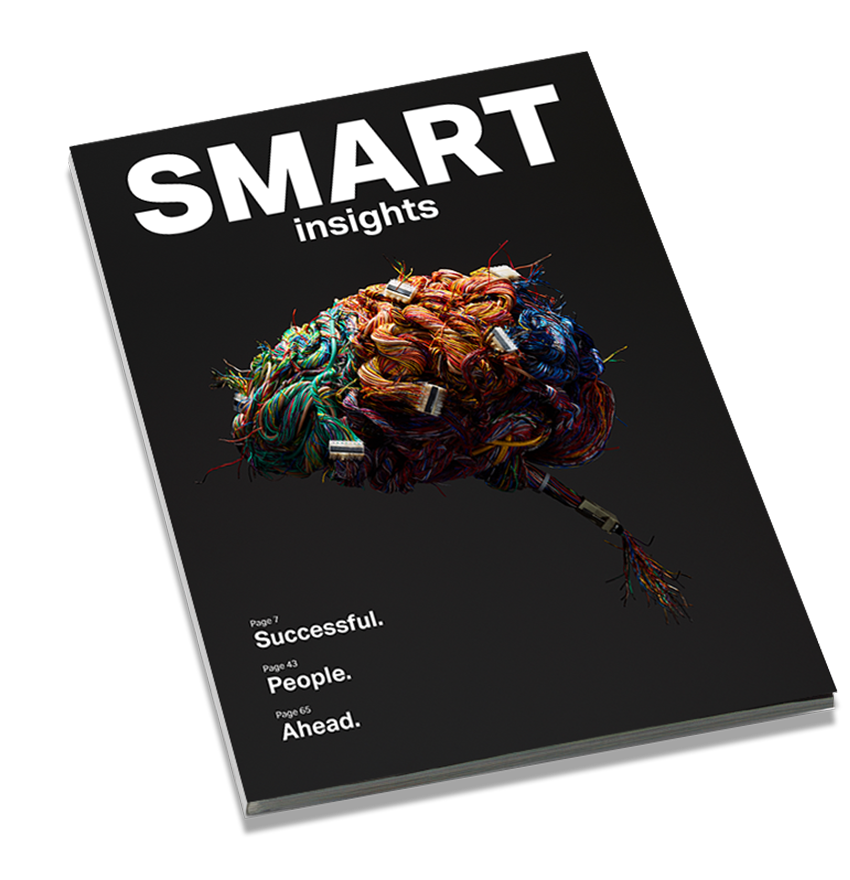This interview was published in the Ergon Magazine SMART insights 2019. Order your free copy now ->
From initial idea to successful product. Not only must software be future-proof, it must also be secure and fit the precise needs of the client. Marc Bütikofer, creator of the Airlock identity and access management (IAM) component, describes the birth and growth of the product – and what it takes to outfox a hacker.
When did you join Ergon?
I’ve been here since 2000. I was the 46th to join the team – right after graduating in IT.
Do you like it?
Yes, it’s fantastic – otherwise I wouldn’t still be here. I like the culture and values, even if these have changed a little over time as the workforce has expanded. Back when there were just 60 of us, I would never have believed that the company could have continued working in the same way with 100 people. And now we’re up to about 300! Staff and customer satisfaction has remained the key priority over the years. A few more structures are needed, naturally – you are a little more anonymous and you no longer know every single individual, but otherwise things have stayed as they were. Of course, watching Airlock progress – and being involved in its development, especially – has always been really exciting.
Your particular hobbyhorse is security. What do you find so fascinating about it?
Even as an undergraduate, I specialised in the subject – cryptology mainly – whenever possible. I was also in a unit in the army where we did computer hacking exercises, among other things. A friend of mine who was serving at the same time also drummed that whole thing into me, for sure – he was really good at hacking and, as time went on, I felt more and more attracted to doing something in the security line.
You played a major role in the creation of Airlock IAM and you are responsible for its ongoing development. How did you get into that?
Well, it wasn’t just me, of course, it’s always a team effort. My work back then was simply the spark that lit the fuse. (laughs)
No, but seriously: as I said, the topic of security has fascinated me for a good while and at Ergon, I was in the right environment to develop my skills in the area. Ergon was already doing a lot in the banking sector back then and so the topic has always been important for the company. Once we had delivered a more or less similar thing for two or three different clients, we slowly began to think about whether we might not be able to make a kind of re-usable product out of it. In those days, when a project was completed, you might occasionally have three weeks before the next one kicked in, and as chance would have it, this was the case for me. Patrick, our CEO at the time, was on board as well, so I started investigating the topic of authentication in depth. The upshot was Medusa, which is now Airlock IAM. I am rather proud of "my" baby, even though it has since grown up.
When it comes to security, you’re bound to be playing catch-up most of the time, aren’t you?
It’s a bit of a cat-and-mouse game, but we’re lucky that a lot is being invested in security on the Swiss market – in the banking sector in particular. This gives us an advantage. It’s important to realise that if it’s too much of an effort for attackers, they’ll seek out easier pickings. In underground forums, you come across statements like "Swiss banks are too tough to hack, let’s go for the ones in the East." Even hackers work on the cost/benefit principle.
How can you make sure that the product remains successful over the long term?
Our job in product management is to see what the market needs. At the same time, you also have to be wary of simply taking all the customer’s needs on board – the core of the solution has to make some sort of sense and also be sellable elsewhere. It’s a bit of a balancing act.
To keep our finger on the pulse, we do a lot of talking to clients, of course, and we work with analysts and market researchers. And we shouldn’t forget the staff – we have a whole team of good people who are bursting with ideas. We’re the catalysts, as it were, who have to sort everything and put it into the right order. Having good instincts – not to mention all the experience we have gained over the years – is certainly helpful here.
This interview is part of the series "Entrepreneurs in our midst" in SMART insights 2019. You can find an overview with all interviews here.
Interested in more?
Digitisation projects
Change makers
Tech trends
Order now
